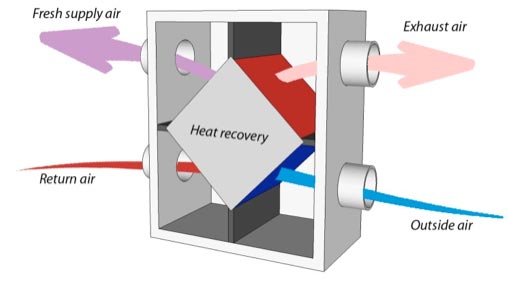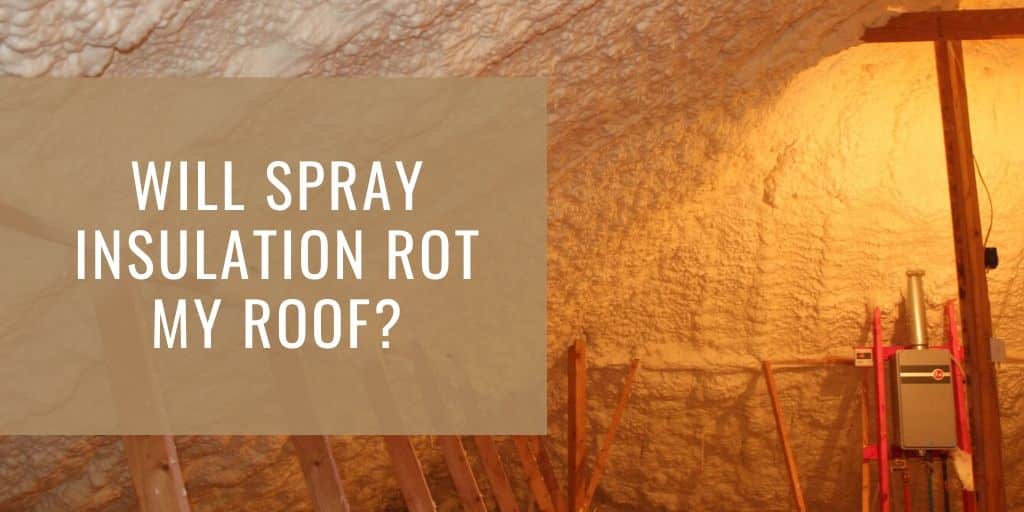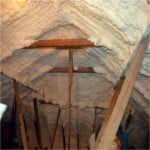In our addition we had the walls and attic sprayed with 6" of foam. Even this summer with the oppressive heat was not a problem. Wood rot will only occur if water gets to the wood. The metal roof was installed over a layer of waterproof membrane. The exterior walls have a layer of waterproof membrane under the siding. Cost was $2,700 for 94' of 6" walls and roof over 40'X50' floor area.
There should not be a problem using foam insulation if applied correctly.
Texican....
Spray Foam Insulation Problems – Does it Cause Wood Rot?
Open-cell spray foam not only insulates to improve temperature consistency but it also seals cracks that allow air leaks. But does it cause roof rot?

www.sunlightcontractors.com
Well, will it? It’s a reasonable question to ask, considering that some homes with
open-cell spray foam insulation installed on the underside of the OSB roof sheathing have reported moisture problems.
There’s also a pretty reasonable answer to will spray foam will rot your roof:
No spray foam will not rot your roof. But water can.
Open-cell spray foam is breathable. It allows air to flow through it. It also allows any moisture to pass through it. This helps ensure that if water does seep beneath your shingles,
it will not sit between the spray foam and roof, creating rot. Open-cell spray foam is spongy and when water comes in contact with it, the water will find a way to pass through it.
Open-cell spray foam not only insulates to improve temperature consistency, but it also seals cracks and crevices that allow air to leak into and out of your home. This can be especially helpful in attic encapsulation, where high temperatures can force hot air through gaps around joints, air ducts, and light fixtures.
Building science experts say that one of the following is the likely culprit when an open-cell spray-foamed home experience roof rot:
- The installer didn’t know what he was doing. He failed to achieve airtight application of the foam, resulting in air leaks. Since air carries moisture (uh-huh, water again), which can lead to mold and rot.
- The installer took shortcuts. Like plugging rafter bays with plastic film so foam doesn’t leak out of soffits during application. This prevents foam from sealing wiring and plumbing penetrations, which allows humid (yep — think water) air to collect and condense in the soffits.
It is important to hire an experienced insulation company, who is familiar with
blown-in cellulose insulation to avoid any issues down the road.
Spray foam insulation is extremely popular because of its superior
R value. The installation of spray foam insulation, whether on the roof of a commercial building or in your home, requires precision, demonstrated expertise, and a commitment to quality application. Most spray foam contractors ARE NEITHER licensed by the Louisiana State Licensing Board for Contractors nor certified by the Spray Polyurethane Foam Alliance. However, Corey Yates of Sunlight Contractors has completed arduous training and testing, earning
SPFA’s highest certification for spray foam installers.
Proper installation of spray foam insulation is the answer to:
“will spray foam rot my roof”?



